- Select the Right Container
- Size
- Material
- Drainage
- Depth
- Number of Plants
- Aesthetics
- Choose High-Quality Seeds
- 1. Buy from reputable suppliers
- 2. Check for germination rate
- 3. Look for disease-resistant varieties
- 4. Consider the growing conditions
- 5. Opt for heirloom or open-pollinated seeds
- Provide Adequate Lighting
- Prepare Nutrient Solution
- What is a Nutrient Solution?
- How to Prepare a Nutrient Solution?
- Testing and Adjusting the Nutrient Solution
- Plant and Germinate Seeds
- 1. Choose your seeds
- 2. Prepare your planting containers
- 3. Plant the seeds
- 4. Water the seeds
- 5. Provide optimal germination conditions
- 6. Monitor and maintain moisture
- 7. Remove cover once seeds sprout
- 8. Thin out seedlings
- 9. Provide appropriate care and maintenance
- 10. Transplant the seedlings
- 11. Enjoy your homegrown vegetables
- Monitor and Adjust Nutrient Levels
- 1. Test the nutrient levels
- 2. Adjust the nutrient solution
- 3. Maintain a nutrient schedule
- 4. Consider plant needs
- 5. Monitor plant health
- Watering and Maintenance
- Harvesting and Enjoying Your Homegrown Vegetables
- 1. Timing is key
- 2. Pick the ripe ones
- 3. Use the right tools
- 4. Harvest in the morning
- 5. Handle with care
- 6. Clean and store properly
- 7. Enjoy the fruits of your labor
- “Question-Answer”
- Can I grow vegetable seeds without using soil?
- What is hydroponics?
- What are the benefits of growing vegetable seeds without soil?
- How do I start growing vegetable seeds without soil?
- What vegetables can I grow without using soil?
- Is it more difficult to grow vegetable seeds without soil compared to traditional gardening?
- “Video” How to grow Tomatoes WITHOUT Soil at home | Hydroponic Gardening for Tomatoes
Have you ever wanted to grow your own vegetables but didn’t have the space or time to maintain a traditional garden? Well, the good news is that you can still enjoy the benefits of fresh vegetables by growing them without soil. This innovative technique, known as hydroponics, allows you to grow plants in nutrient-rich water instead of soil. It’s a great solution for urban dwellers, apartment dwellers, or anyone who wants to grow their own food but is limited by space.
So how does hydroponics work? The basic idea is that plants need water, nutrients, and light to grow. In a hydroponic system, the plants’ roots are suspended in a nutrient-rich water solution, which provides them with everything they need to thrive. Instead of getting their nutrients from the soil, the plants get them directly from the water. This means you can grow vegetables faster and with less water than traditional gardening methods.
Getting started with hydroponics is easier than you might think. In fact, you can create a simple hydroponic setup using items you probably already have at home. All you need is a container to hold the water, a pump to circulate the water, a light source to provide the necessary light, and a nutrient solution to feed the plants. Once you have these basic materials, you can start growing your vegetable seeds without soil.
If you’re feeling overwhelmed, don’t worry! This step-by-step guide will walk you through the process of setting up your hydroponic system and planting your vegetable seeds. We’ll cover everything from choosing the right container and nutrient solution to providing the proper light and water. By the end of this guide, you’ll be well on your way to enjoying a bountiful harvest of fresh, homegrown vegetables – all without the need for soil.
Select the Right Container
Choosing the right container is an important step when growing vegetable seeds without soil. The container you select will affect the growth and health of your plants. Here are some factors to consider when selecting a container:
Size
The size of the container will depend on the type of vegetable you are growing. Some vegetables, like lettuce or spinach, have shallow root systems and can be grown in smaller containers. Others, like tomatoes or peppers, have deeper root systems and will require larger containers. Make sure to choose a container that provides enough space for the roots to grow.
Material
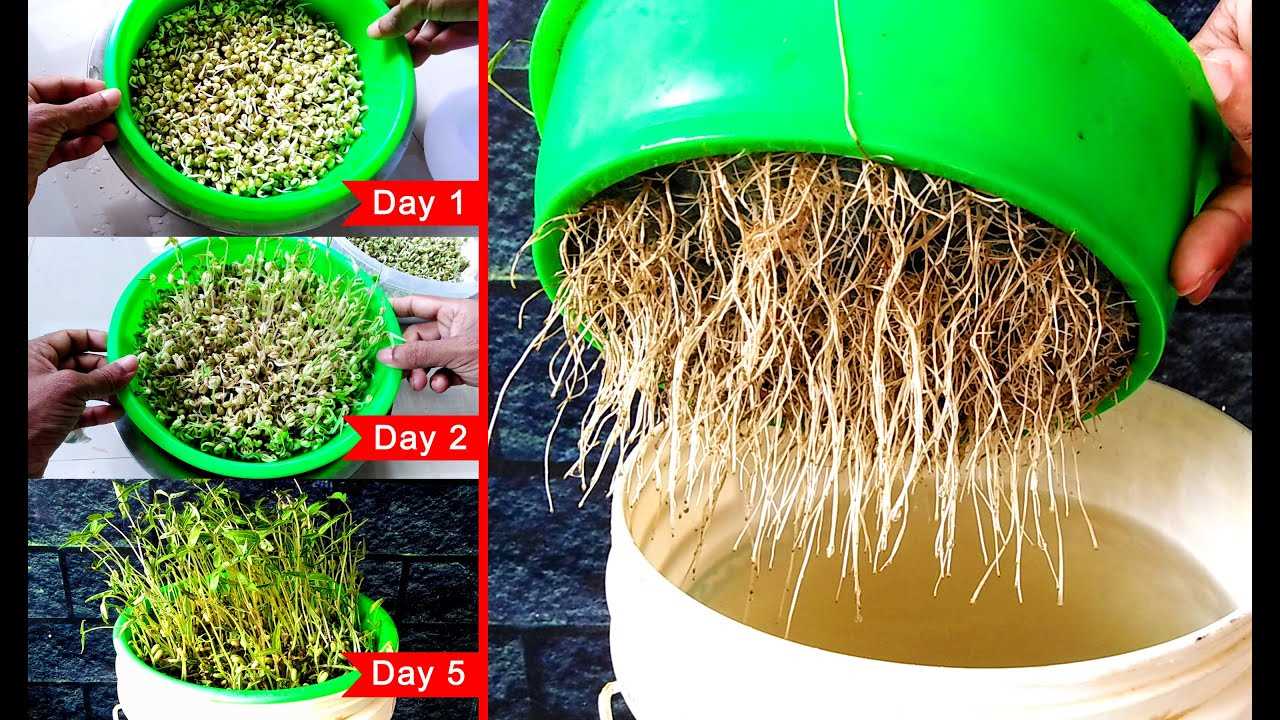
The material of the container can also impact the growth of your plants. Some common container materials include plastic, clay, and fabric. Plastic containers are lightweight, durable, and retain moisture well. Clay containers are porous, allowing for better airflow to the roots, but they can dry out faster. Fabric containers are lightweight, provide good drainage, and allow for air pruning of the roots.
Drainage
Proper drainage is essential for the success of your vegetable plants. Without good drainage, the roots can become waterlogged, leading to root rot and poor growth. Look for containers with drainage holes at the bottom or consider drilling holes if necessary. Ensure that excess water can easily drain out of the container.
Depth
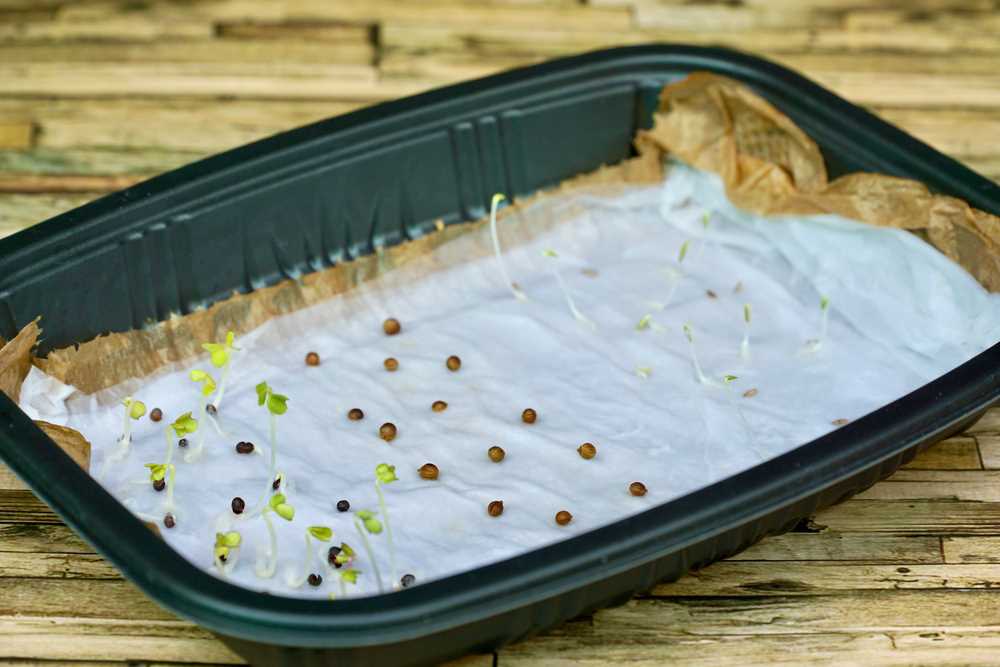
The depth of the container is important, especially for plants with deep root systems. Make sure the container is deep enough to accommodate the roots and allow for proper growth. Shallow containers may restrict root growth and can lead to stunted plants.
Number of Plants
Consider how many plants you want to grow in each container. Some vegetables, like lettuce or herbs, can be planted in dense arrangements. Others, like tomatoes or peppers, need more space to spread out. Plan accordingly and choose a container that can accommodate the desired number of plants.
Aesthetics
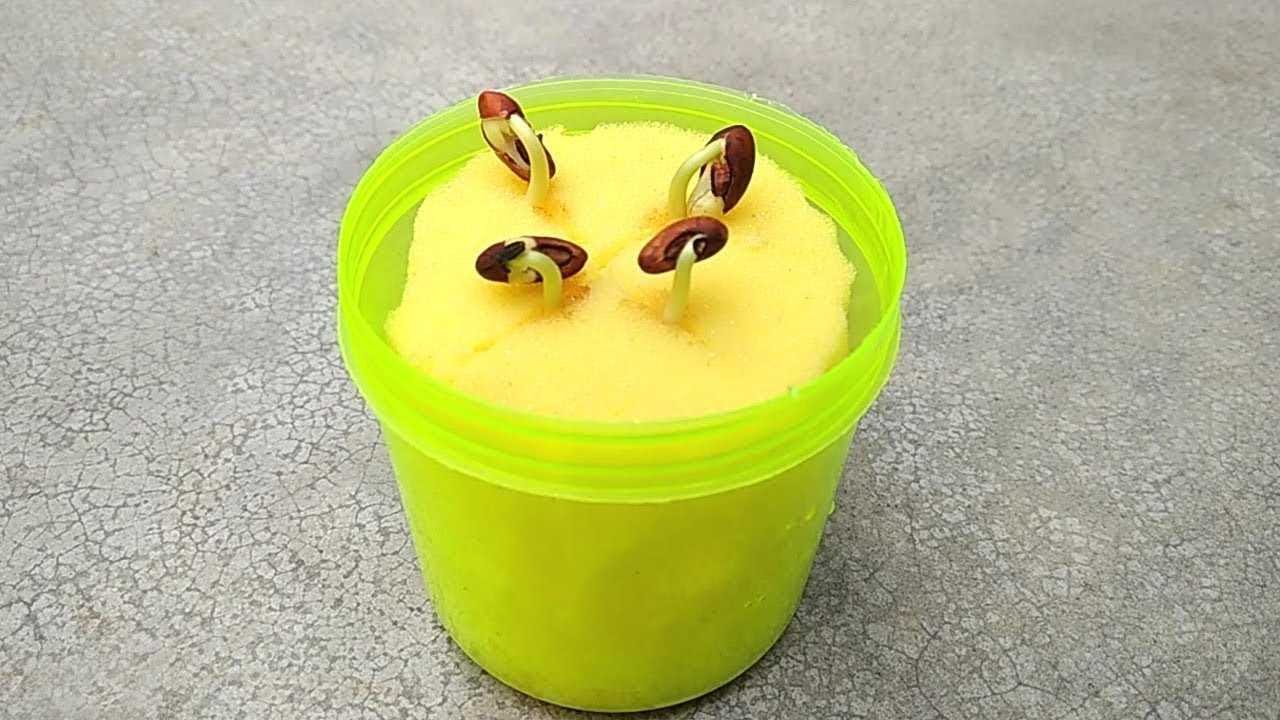
While not essential for the plants’ growth, the aesthetic appeal of the container is something to consider, especially if you are growing plants indoors or on a balcony. Choose a container that complements your space and adds visual interest.
By carefully selecting the right container for your vegetable seeds, you can create an optimal growing environment and set your plants up for success.
Choose High-Quality Seeds
Choosing high-quality seeds is the first step to successfully growing vegetables without soil. Here are some tips to help you select the best seeds for your hydroponic garden:
1. Buy from reputable suppliers
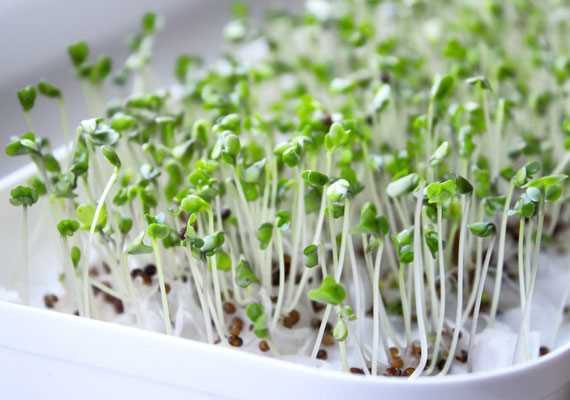
It’s important to purchase seeds from trusted and reputable suppliers. Look for suppliers who have a good reputation and positive reviews from other customers. This will ensure that you are getting high-quality seeds that have been tested and are more likely to germinate successfully.
2. Check for germination rate
Germination rate refers to the percentage of seeds that are likely to sprout and grow. When buying seeds, check the packet or supplier’s website for information on the germination rate. You want to choose seeds with a high germination rate to increase your chances of successful growth.
3. Look for disease-resistant varieties
Some vegetable varieties are more prone to diseases than others. By choosing disease-resistant varieties, you can minimize the risk of your plants getting infected and improve the overall health of your hydroponic garden. Check the seed packet or supplier’s website for information on disease resistance.
4. Consider the growing conditions
Different vegetable varieties have different growing requirements. Before purchasing seeds, consider the growing conditions in your hydroponic system, such as temperature, light intensity, and pH levels. Choose seeds that are suitable for the specific conditions in your garden to ensure optimal growth.
5. Opt for heirloom or open-pollinated seeds
Heirloom or open-pollinated seeds are varieties that have been passed down through generations. These seeds tend to be more genetically diverse and often have better flavor and nutritional value. They are also more likely to adapt to different growing conditions. Consider choosing heirloom or open-pollinated seeds for a more sustainable and diverse garden.
By following these steps and selecting high-quality seeds, you are setting yourself up for success in growing vegetables without soil. Remember to store your seeds properly and start with a small number of plants to gain experience and gradually expand your hydroponic garden.
Provide Adequate Lighting
Light is an essential element for the growth of vegetable seeds without soil. Since these seeds are not planted in traditional soil, they rely on artificial lighting to supply the necessary energy for photosynthesis.
When choosing lighting for your indoor vegetable garden, it’s crucial to select the right type of light that will meet the needs of the plants. LED lights are commonly used for indoor gardening as they are energy-efficient and provide the specific wavelengths of light that plants need.
Position the lights so that they are placed directly above the seedlings, approximately 4 to 6 inches away. This will ensure that the plants receive adequate light without risking damage from excessive heat. As the seedlings start to grow, adjust the height of the lights to maintain the proper distance.
A good rule of thumb is to provide 14 to 16 hours of artificial lighting per day. This will simulate the natural sunlight cycle and promote healthy growth. It’s important to provide a consistent light schedule by using a timer or setting a regular routine to mimic daylight hours.
Keep in mind that different types of vegetables may have specific lighting requirements. Some plants may need more or less light, so it’s essential to research the lighting needs of the specific vegetables you are growing.
Monitoring the growth and health of your plants is essential. If you notice that the plants are leggy or not growing properly, it may indicate a lack of light. On the other hand, if the leaves appear burned or bleached, it may be a sign of too much light.
Providing adequate lighting is crucial for the successful growth of vegetable seeds without soil. By selecting the right type of light, positioning it correctly, and maintaining a consistent light schedule, you can create an environment where your plants will thrive and produce a bountiful harvest.
Prepare Nutrient Solution
Before you start growing vegetable seeds without soil, you need to prepare a nutrient solution for them. This solution will provide all the necessary nutrients for the plants to grow and thrive.
What is a Nutrient Solution?
A nutrient solution is a mixture of essential nutrients that plants need to grow. It typically includes macronutrients like nitrogen, phosphorus, and potassium, as well as micronutrients like iron, manganese, and zinc.
How to Prepare a Nutrient Solution?
Here is a step-by-step guide to prepare a nutrient solution for your vegetable seeds:
- Gather the necessary materials: You will need a clean container, water, and a commercial hydroponic nutrient solution. You can find these nutrient solutions in most garden stores or online.
- Measure the water: Fill the container with the appropriate amount of water for your vegetable seeds. The amount will depend on the type and number of seeds you are using.
- Add the nutrient solution: Follow the instructions on the nutrient solution package to determine the correct amount to add to the water. Different types of plants may require different nutrient concentrations, so make sure to read the instructions carefully.
- Mix the solution: Stir the water and nutrient solution together until they are well mixed. This will ensure that all the nutrients are evenly distributed in the solution.
Testing and Adjusting the Nutrient Solution
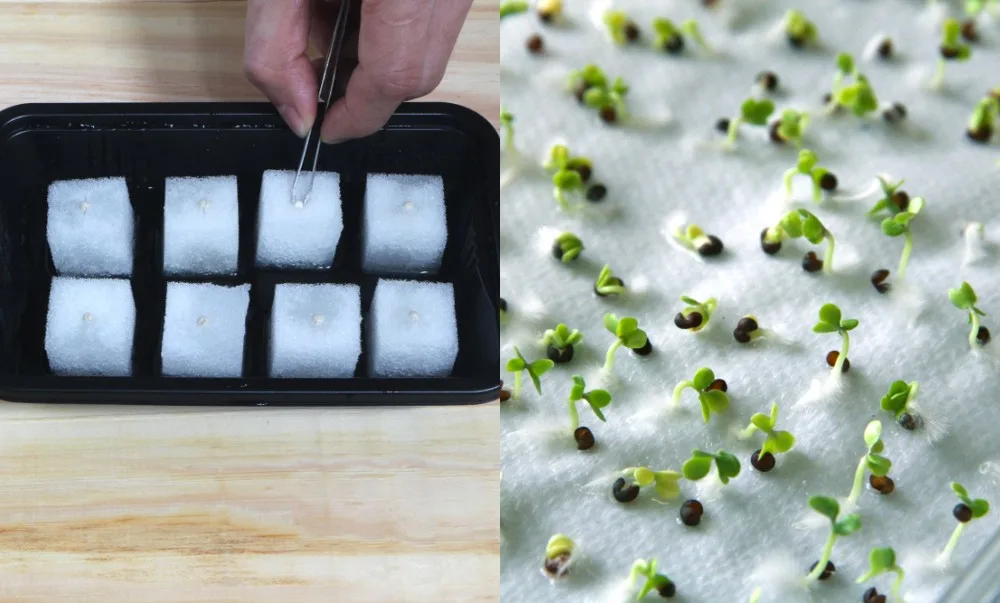
Once you have prepared the nutrient solution, it’s a good idea to test its pH and nutrient levels. You can use a pH testing kit and a nutrient testing kit to measure these parameters.
If the pH is too high or too low, you can adjust it by adding pH up or pH down solutions. If the nutrient levels are not within the desired range, you can adjust them by adding more nutrient solution or diluting the solution with water.
Remember to regularly monitor and adjust the nutrient solution throughout the growing process to ensure optimal plant growth.
Plant and Germinate Seeds
1. Choose your seeds
Start by selecting the seeds you want to grow. Consider the vegetables you enjoy eating and the growing conditions in your area. Certain vegetables may require specific conditions, such as sunlight, temperature, and humidity. Research the requirements for each vegetable to ensure a successful growth.
2. Prepare your planting containers
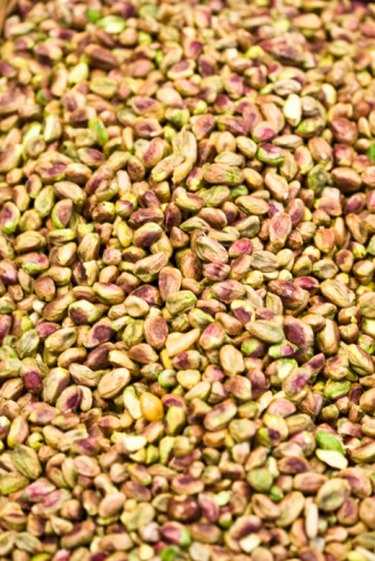
Gather your planting containers, such as seed trays, pots, or egg cartons. Make sure the containers are clean and have drainage holes at the bottom to prevent waterlogging. Fill the containers with a soilless growing medium, such as coco coir or peat moss, which provides adequate moisture retention and aeration.
3. Plant the seeds
Follow the instructions on the seed packets regarding planting depth and spacing between seeds. Typically, you’ll need to create small indentations in the growing medium using your finger or a dibber. Place one or two seeds in each indentation and cover them with a thin layer of growing medium.
4. Water the seeds
After planting, water the seeds gently using a spray bottle or a watering can with a fine rose attachment. Be careful not to wash away the seeds. The growing medium should be moist but not soaked. Maintain consistent moisture levels throughout the germination period to promote seed sprouting.
5. Provide optimal germination conditions
Seeds require specific conditions to germinate successfully. Most seeds require warmth and moisture. Place the planted containers in a warm area with a temperature between 70°F and 85°F (21°C to 29°C). You can cover the containers with a clear plastic bag or a plastic dome to create a mini greenhouse effect and maintain moisture levels.
6. Monitor and maintain moisture
Check the moisture levels in the growing medium regularly. If the surface starts to dry out, mist it with water from a spray bottle. Avoid over-watering as it can lead to fungal problems. Maintain a balance between moisture and aeration to prevent the seeds from rotting.
7. Remove cover once seeds sprout
Once the seeds start to sprout and develop into seedlings, remove the plastic cover to promote air circulation and prevent excessive humidity. Place the containers in a well-lit area, such as near a window or under artificial grow lights, to provide sufficient light for the young plants.
8. Thin out seedlings
If multiple seeds germinate in one container, you may need to thin out the weaker seedlings. Carefully remove the excess seedlings, leaving only the healthiest and strongest ones in each container. This will prevent overcrowding and competition for resources.
9. Provide appropriate care and maintenance
Continue providing the necessary care for your seedlings. Water them regularly, but avoid over-watering. Ensure they receive adequate light, and consider using a mild fertilizer according to the seed packet instructions. Keep an eye out for any pests or diseases and take appropriate action if necessary.
10. Transplant the seedlings
When the seedlings have grown a few sets of true leaves and the outdoor conditions are suitable, you can transplant them into your garden, containers, or raised beds. Harden off the seedlings by gradually exposing them to outdoor conditions for a few hours each day before planting them in their permanent location.
11. Enjoy your homegrown vegetables
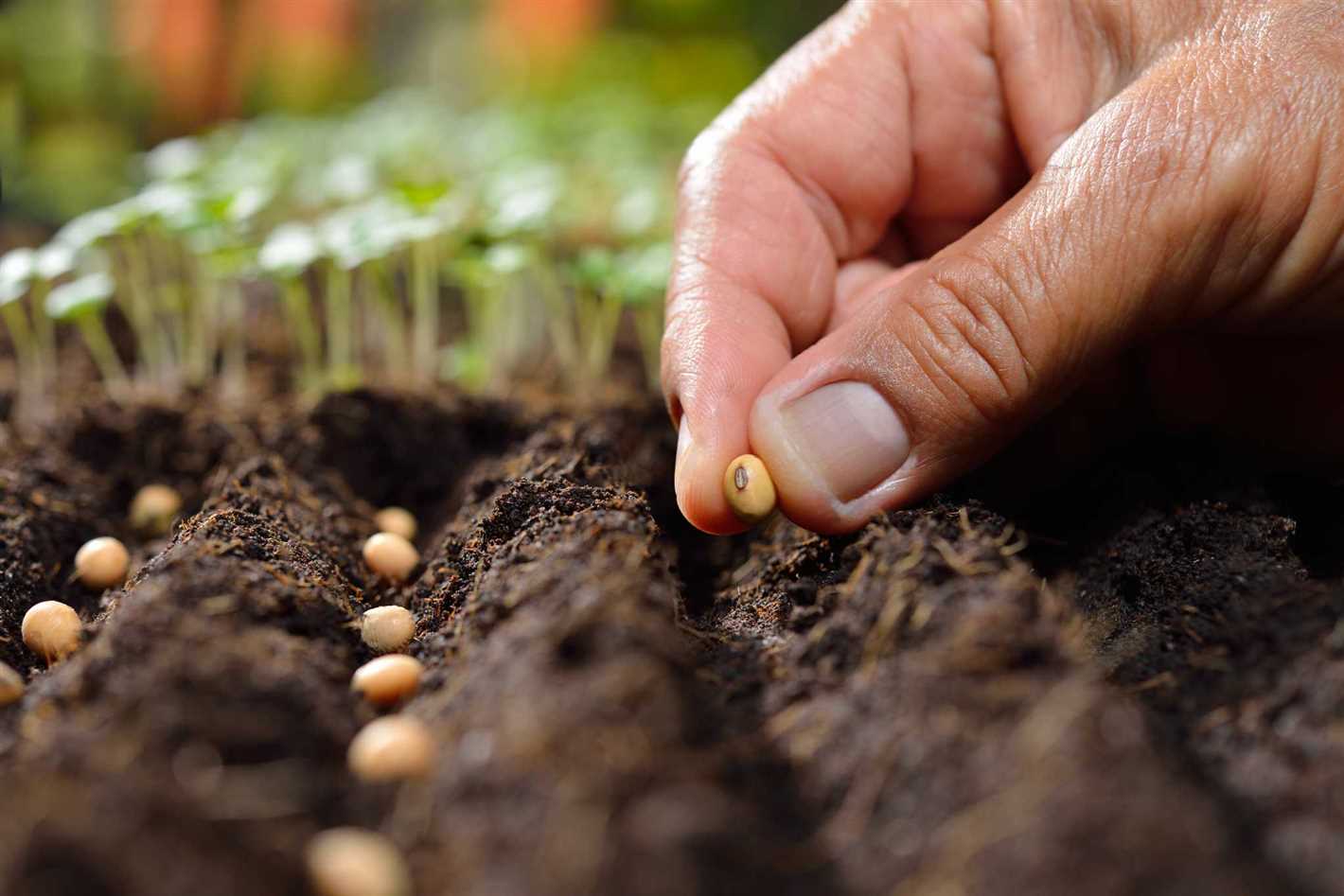
With proper care and maintenance, your seedlings will grow into healthy plants that produce fresh, homegrown vegetables. Harvest your crops when they reach maturity and enjoy the fruits of your labor!
Monitor and Adjust Nutrient Levels
Nutrient levels are crucial for the proper growth and development of your vegetable seeds. Monitoring and adjusting these levels ensures that your plants receive the necessary nutrients for healthy and vigorous growth.
1. Test the nutrient levels
To monitor the nutrient levels in your growing solution, you can use a nutrient testing kit. Follow the instructions provided with the kit to obtain accurate results. Testing the nutrient levels will give you insights into the current state of your solution and help you make necessary adjustments.
2. Adjust the nutrient solution
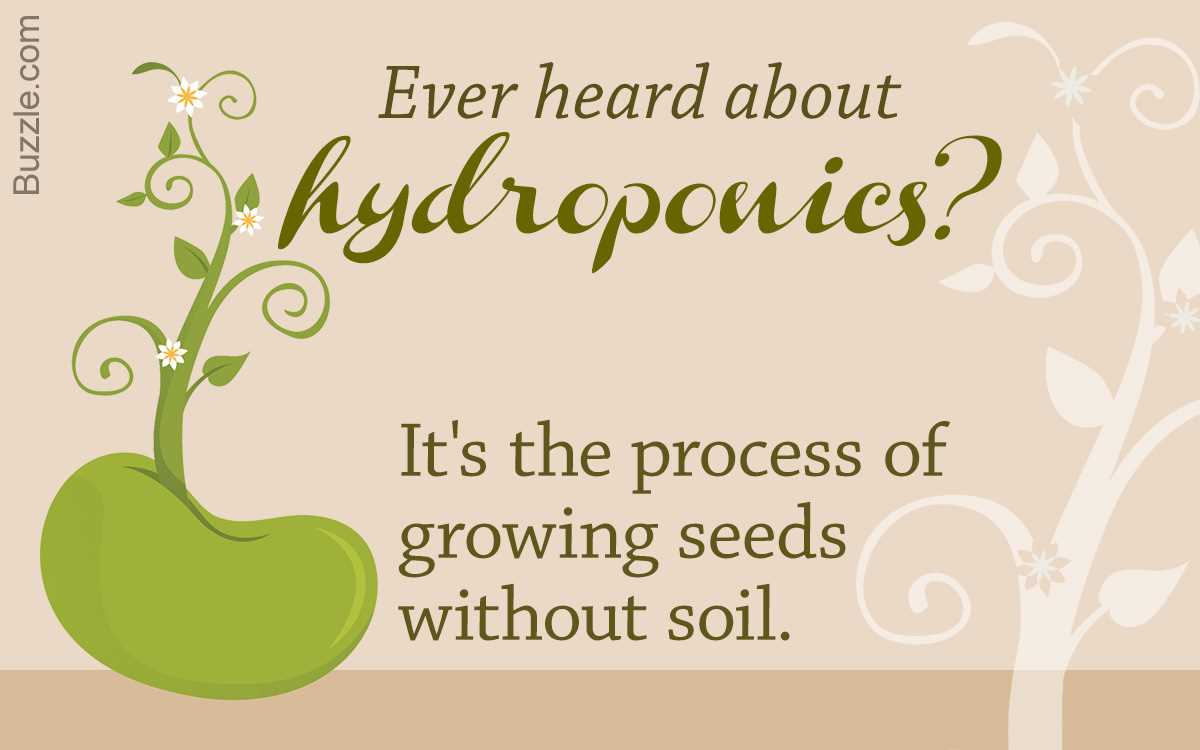
If the nutrient levels are too low or too high, you may need to adjust the nutrient solution accordingly. This can be done by adding or reducing specific nutrients to achieve the desired levels.
Adding nutrients: If the nutrient levels are low, you can add nutrient solutions or fertilizers to increase the concentration. Follow the recommended dosage provided on the nutrient solution or fertilizer packaging.
Reducing nutrients: If the nutrient levels are too high, you can dilute the solution by adding more water. This will lower the concentration of nutrients in the solution. Alternatively, you can perform a partial solution change, replacing a portion of the solution with fresh water.
3. Maintain a nutrient schedule
To ensure consistent and optimal nutrient levels, it is essential to maintain a nutrient schedule. This involves regularly testing the nutrient levels and making adjustments as needed. Keeping a record of the nutrient levels and adjustments made can help you track the progress of your plants and identify any issues.
4. Consider plant needs
Different vegetables have varying nutrient requirements at different stages of growth. Research the specific nutrient needs of the vegetables you are growing and adjust the nutrient levels accordingly. For example, some vegetables may require higher nitrogen levels during the vegetative stage, while others may need more phosphorus during flowering and fruiting.
5. Monitor plant health
Monitoring the health of your plants is an important indicator of nutrient levels. Look out for any signs of nutrient deficiencies or excesses, such as yellowing leaves, stunted growth, or leaf burn. By regularly inspecting your plants, you can identify nutrient imbalances and make adjustments promptly.
By monitoring and adjusting nutrient levels, you can ensure that your vegetable seeds receive the optimal nutrition for healthy growth and abundant harvests.
Watering and Maintenance
Proper watering and maintenance are essential for the successful growth of vegetable seeds without soil. Here are some important tips to keep in mind:
- Watering: Unlike traditional gardening, the water requirement for vegetable seeds grown without soil is different. Make sure to water them consistently but avoid overwatering as it may lead to root rot. Regularly check the moisture of the growing medium and adjust watering accordingly.
- Monitoring: Regularly monitor the growth of your vegetable seeds. Inspect the plants for any signs of pests, diseases, or nutrient deficiencies. Take immediate action to address any issues and ensure the plants’ health and productivity.
- Fertilizing: While vegetable seeds grown without soil receive nutrients from the growing medium, they may still benefit from supplemental fertilization. Use a balanced liquid fertilizer or nutrient solution to provide essential nutrients to the plants. Follow the manufacturer’s instructions for application rates and frequency.
- Pruning: Some vegetable plants may require pruning to promote better growth and productivity. Regularly remove any dead or damaged leaves, stems, or branches. Pruning can also help improve airflow, reduce the risk of diseases, and maintain the overall shape and size of the plants.
- Weeding: Keep the growing area free from weeds that can compete with the vegetable plants for nutrients and water. Regularly remove any weeds that appear to prevent them from overtaking your plants.
- Support: Some vegetable plants, such as tomatoes or climbing beans, may require support for proper growth. Use stakes, cages, or trellises to support the plants and help prevent them from falling over or breaking due to heavy fruits or wind.
By following these watering and maintenance practices, you can ensure the healthy growth and optimal productivity of your vegetable seeds without soil. Regular care and attention will ultimately result in a bountiful harvest of fresh and nutritious vegetables for your enjoyment.
Harvesting and Enjoying Your Homegrown Vegetables
1. Timing is key
When it comes to harvesting your homegrown vegetables, it’s important to do it at the right time. Each vegetable has its own ideal harvest window, so make sure to research the specific plants you’re growing.
2. Pick the ripe ones
When harvesting your vegetables, select the ones that are fully ripe. They should be at their peak of flavor and have reached their maximum size. Avoid picking vegetables that are underripe or overripe, as they may not taste as good.
3. Use the right tools
Having the right tools for harvesting can make the process easier and more efficient. Some common tools include garden shears, pruning shears, or a sharp knife, depending on the vegetables you’re harvesting. It’s important to use clean and sharp tools to avoid damaging the plants.
4. Harvest in the morning
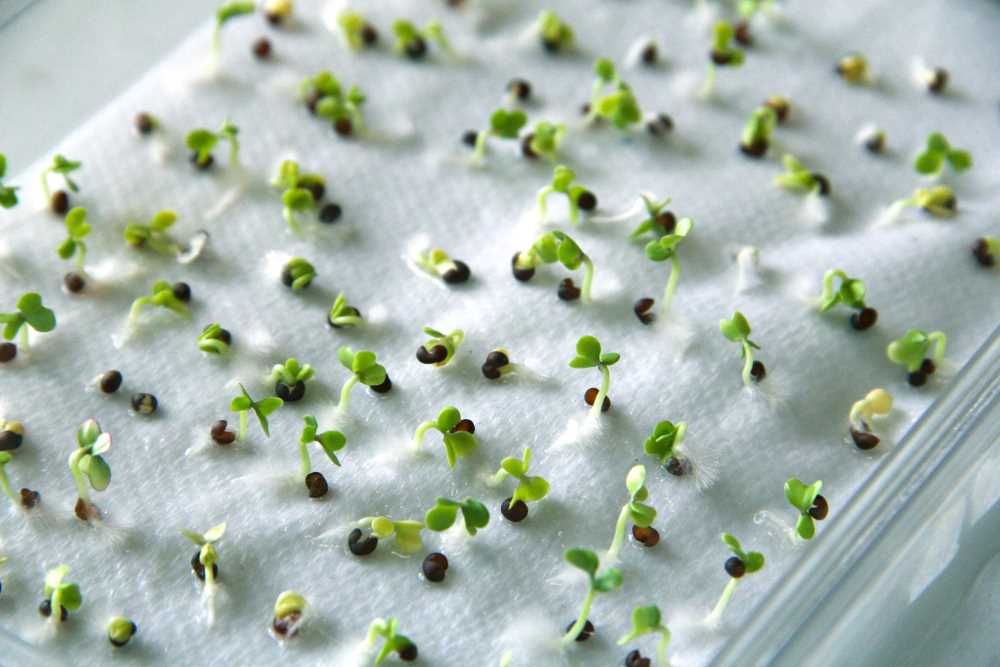
Harvesting your vegetables in the morning is generally recommended. At this time, the vegetables are less likely to be stressed from the heat of the day, and their sugar content is typically at its highest in the morning. This can result in better flavor and sweetness.
5. Handle with care
When picking your vegetables, handle them with care to avoid bruising or damaging them. Hold the vegetable gently with one hand while using your other hand or a tool to harvest it. Avoid pulling or twisting the vegetables, as this can damage the plant.
6. Clean and store properly
After harvesting your vegetables, gently remove any dirt or debris. It’s important to handle them with care to avoid bruising or damaging them. Store them in a cool, dry place to maintain their freshness. Some vegetables may need to be stored in the refrigerator to prolong their shelf life.
7. Enjoy the fruits of your labor
Now that you have harvested your homegrown vegetables, it’s time to enjoy them! Cook them up in your favorite recipes, share them with friends and family, or simply savor the satisfaction of growing and harvesti
“Question-Answer”
Can I grow vegetable seeds without using soil?
Yes, you can grow vegetable seeds without using soil. There are other alternatives such as hydroponics or using a soilless mix.
What is hydroponics?
Hydroponics is a method of growing plants without soil, in which the roots are submerged in nutrient-rich water.
What are the benefits of growing vegetable seeds without soil?
Growing vegetable seeds without soil can save space, reduce water usage, and eliminate the need for weeding. It also allows for better control of nutrients and pH levels.
How do I start growing vegetable seeds without soil?
To start growing vegetable seeds without soil, you can either use a hydroponic system or create a soilless mix using materials such as coconut coir, perlite, or vermiculite. You will also need to provide the plants with water, nutrients, and light.
What vegetables can I grow without using soil?
You can grow a variety of vegetables without using soil, including lettuce, tomatoes, peppers, herbs, and many others. However, different plants may require different growing conditions, so it’s important to research the specific needs of each plant.
Is it more difficult to grow vegetable seeds without soil compared to traditional gardening?
Growing vegetable seeds without soil can be more complex and require more knowledge and attention to detail. However, with the right equipment and proper care, it is definitely possible to have successful and thriving plants without using soil.







